New Mexico needs billions of dollars more to connect everyone to fiber-optic internet, a state broadband official told lawmakers this week.
Even with additional money, a manual workforce shortage could present challenges in getting things done.
Drew Lovelace, acting director of the state’s Office of Broadband Access and Expansion, spoke to the legislative Land Grant committee on Monday to update them on efforts to get New Mexicans connected to broadband.
A major priority is accessing $675 million in federal funding the state secured over the summer. The broadband office has to submit its first proposal in late December laying out internet setup and expansion plans. Meanwhile, people can tell the state their thoughts.
“We’re right on target to be able to deliver that and make sure that $675 million that’s been allocated continues to come into the state,” Lovelace said.
The state won’t actually see the federal money coming in for projects until 2025, he said.
And it won’t be enough to connect everyone to good, reliable internet still, he added. Lovelace said there’s still a $2.1 billion gap in getting fiber to homes and businesses across the state.
“The most long-term, most reliable technology is going to be pretty expensive,” he said.
The state will spend most of the $675 million grant to hook up homes not connected to internet at all or whose connections are too slow, he said. That still leaves out many households with slow speeds, making things like telehealth or remote work and education difficult or impossible from home.
Lovelace also said New Mexico lacks workers needed to set up broadband infrastructure. He said there’s a need for positions like laborers and material movers, trucking crews, trenchers, and fiber and wireless technicians.
And those types of positions are going to be high in demand in the next six years, if not already, he said, because federal infrastructure programs prioritized by the Biden administration also need a manual workforce and will start rolling out around the country then.
“All of these funds use the same labor, and that’s going to be where our challenges really lie ahead of us,” he said.
The lack of broadband workers is something local and state officials have talked about before. At a broadband summit in May 2023, universities and local organizations explored potential solutions for how to fill the workforce, like offering more college courses and trainings or providing adequate job funding.
Federal internet maps remain inaccurate
The federal maps showing areas with and without broadband in New Mexico are still wrong, excluding areas still needing good internet. This has been an issue since the Federal Communications Commission released the original map in November 2022.
Lovelace said the state’s broadband office is working to fix these errors. Mistakes on these maps could leave New Mexicans out of the loop to benefit from the $675 million.
In earlier versions, most missing areas were on tribal land and some Pueblos were nearly missing altogether.
The federal broadband program the $675 million comes from requires tribal consultations, and Lovelace said the office has talked with 22 of 23 tribes so far. He didn’t specify which tribal nation the agency has yet to consult.
“We want to make sure that we’re out in the communities and getting broadband to where it’s needed the most,” Lovelace said. “And so that’s been a big, big success for us.”
Legislative priorities
The state could help bridge the $2.1 billion gap Lovelace said is a problem.
He said the broadband office started with an $800,000 budget a few years ago and is now up to a $1.2 million budget. He urged the lawmakers to continue funding the agency as the 2024 legislative session nears, acknowledging that $2.1 billion all at once is unrealistic to ask for.
“But we think that we need to do this over time,” he said.
He said the federal government could come out with additional broadband or infrastructure funds in the future, but if that doesn’t happen, the need for broadband doesn’t just stop.
The Connect New Mexico program, created and funded by lawmakers in 2021, could help address this gap, he said. The fund has $100 million, and he said continuing to channel money through — even beyond 2026, which is the current end date — will help.
“The reality is that broadband is not going away,” he said.
Grant help
The broadband office launched a grant writing, engineering and planning program last week. Local and tribal government entities can apply for up to $100,000 in funding, pulled from a $5 million pot.
Lovelace said another $70 million grant writing program will be launched before 2024.
Since starting in 2021, the broadband office has expanded from two employees to 20 employees, he said. Now, he said, the agency wants to grow to 45 employees.
Lovelace said the state’s broadband program should also be a separate entity from the New Mexico Department of Information Technology, which it currently operates under. He said the additional oversight slows the process to set up broadband.
“Given how quickly we have to move on some of these programs, waiting six months for a contract to go through is challenging at best,” he said.
Sen. Antoinette Sedillo Lopez (D-Albuquerque) said she’s not convinced the broadband office needs autonomy and thinks the agency mostly disperses federal funds. So, she asked, what happens when there are no more federal dollars?
“You have not, at least at this point, convinced me at all of the need,” she said.
She also asked if the office has reached out to land grants to ensure those people get resources. Lovelace said that hasn’t really happened yet, but the agency plans to soon have those conversations.
Sen. Jerry Ortiz y Pino (D-Albuquerque) said he doesn’t understand the point of investing so much money in broadband for only a fraction of the state’s population who might not be able to afford the better internet anyway. He said it would be cheaper for the state to give families money to hook up to satellite systems.
However, Lovelace said fixed wireless or fiber is actually much more affordable in broadband-servable locations than a satellite system. He also said there are latency issues when too many people connect to satellites.
“Right now, you have to buy a $600 satellite system from Starlink, and then you’re paying $120 a month. And that’s going to be beyond most rural folks’ capability, unless you’re a business or a farm,” he said.
Rep. Cristina Parajón (D-Albuquerque) asked what the return on the broadband investments in New Mexico looks like. Lovelace said there are no economic studies on it yet because it’s still early on but anecdotally, it’s very good, especially for communities that would lose families because they can’t work or do school remotely.
Rural and tribal communities have historically been the ones without broadband.
“It is a game changer,” Lovelace said.
Trying to get more federal dollars
Lovelace said the state is on track to meet another deadline in February for a separate program regarding digital equity through the National Telecommunications and Information Administration. The federal agency is supposed to announce that award in summer 2024.








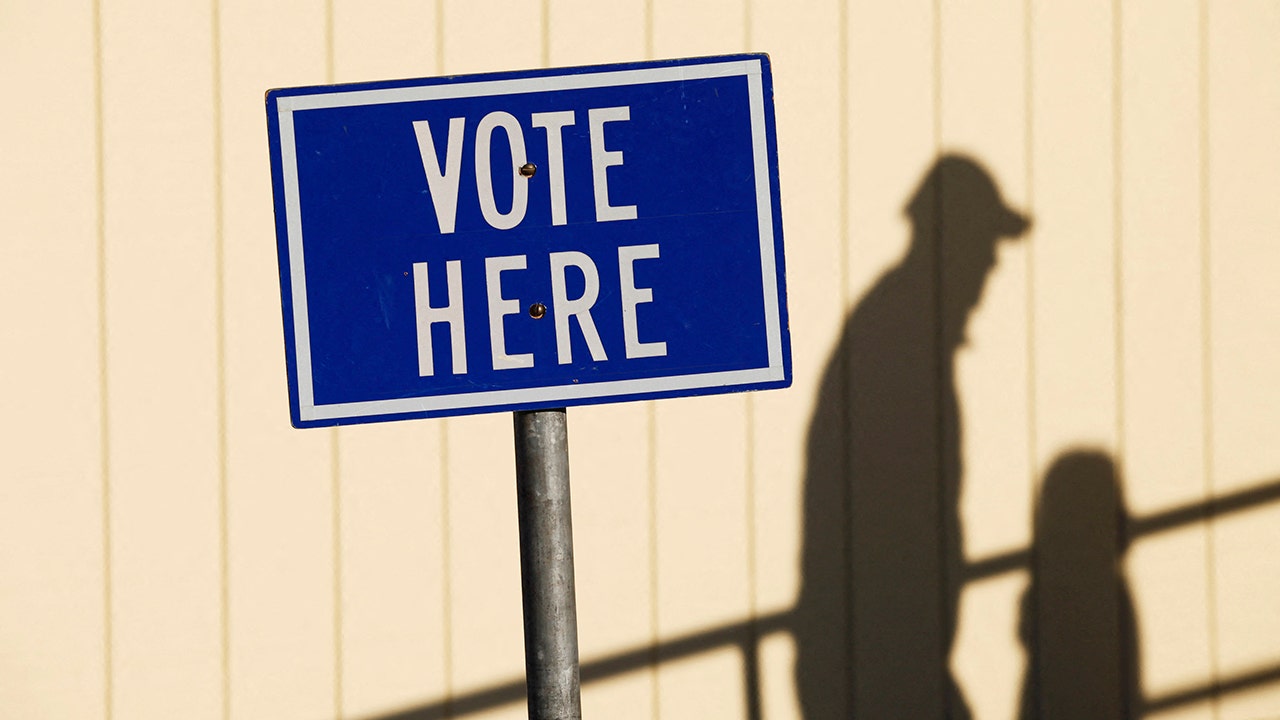
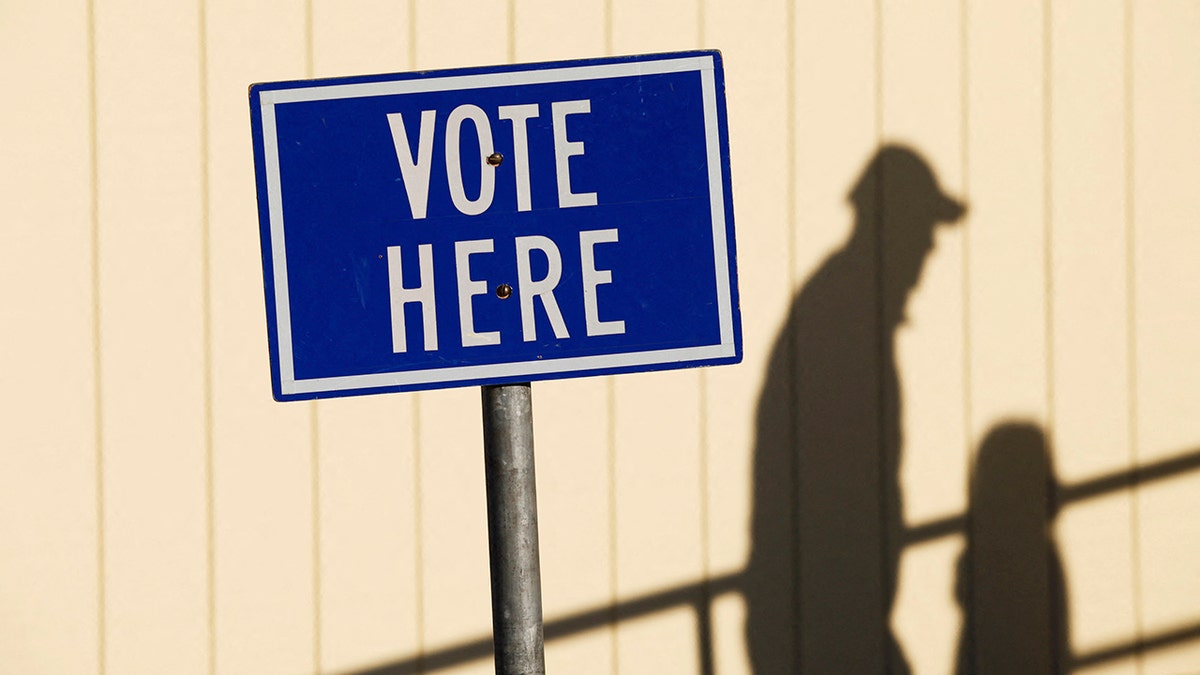
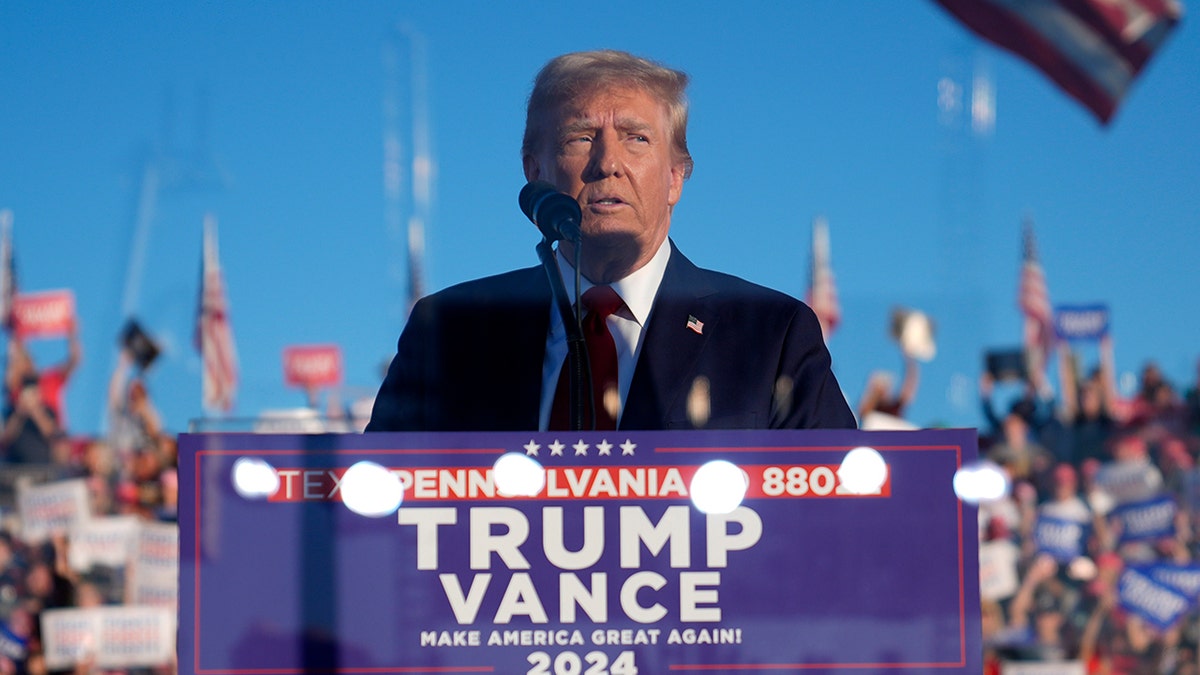
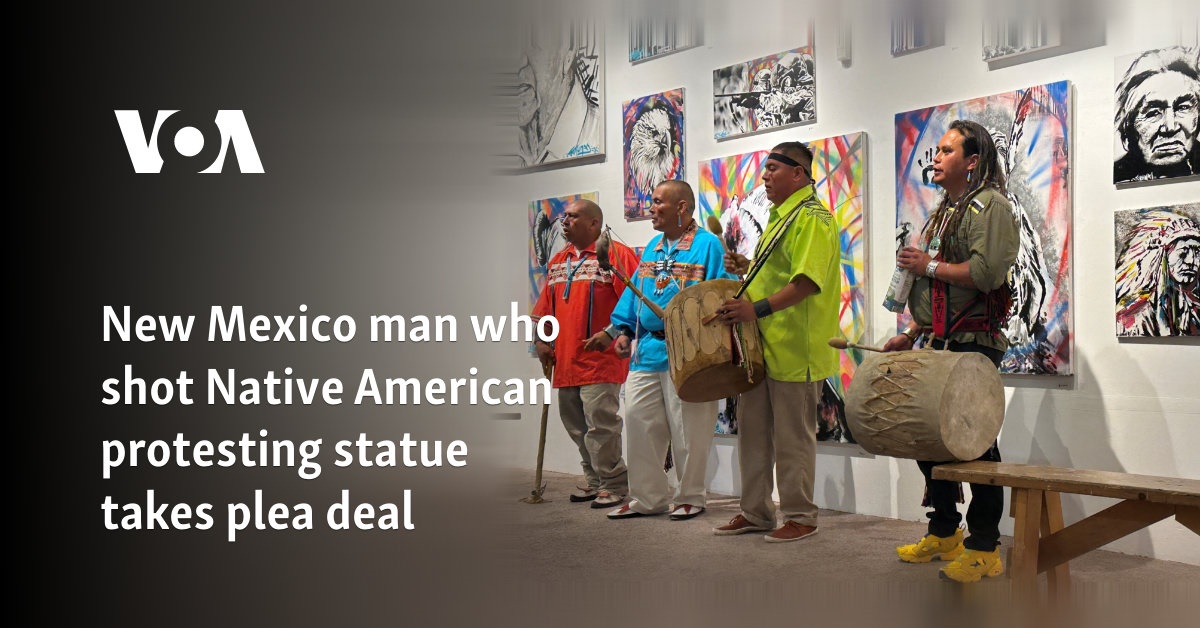
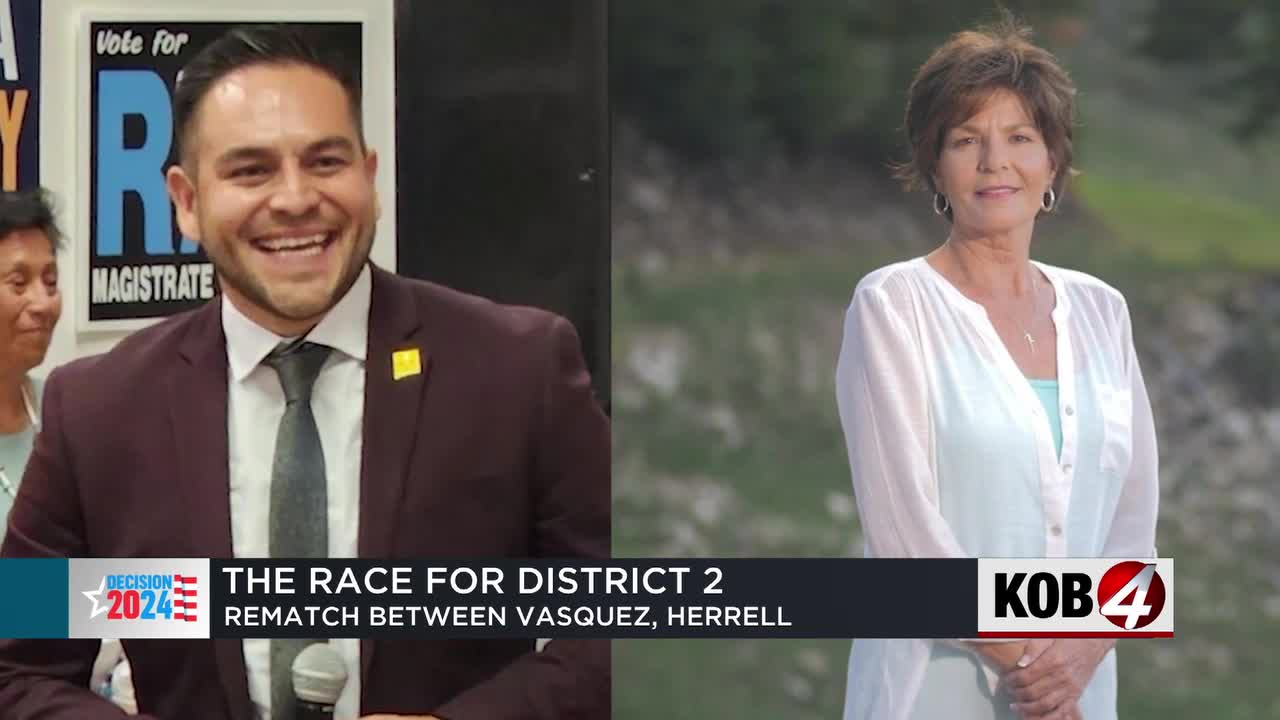








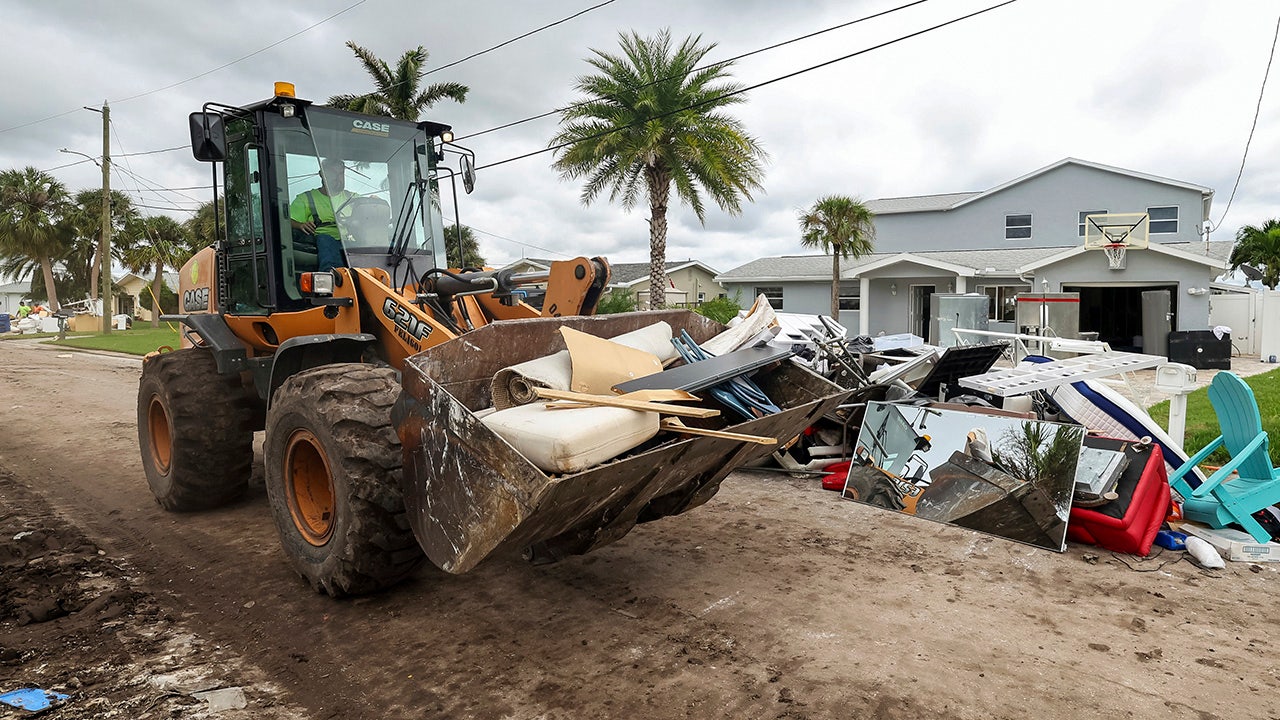

/cdn.vox-cdn.com/uploads/chorus_asset/file/25439572/VRG_TEC_Textless.jpg)






